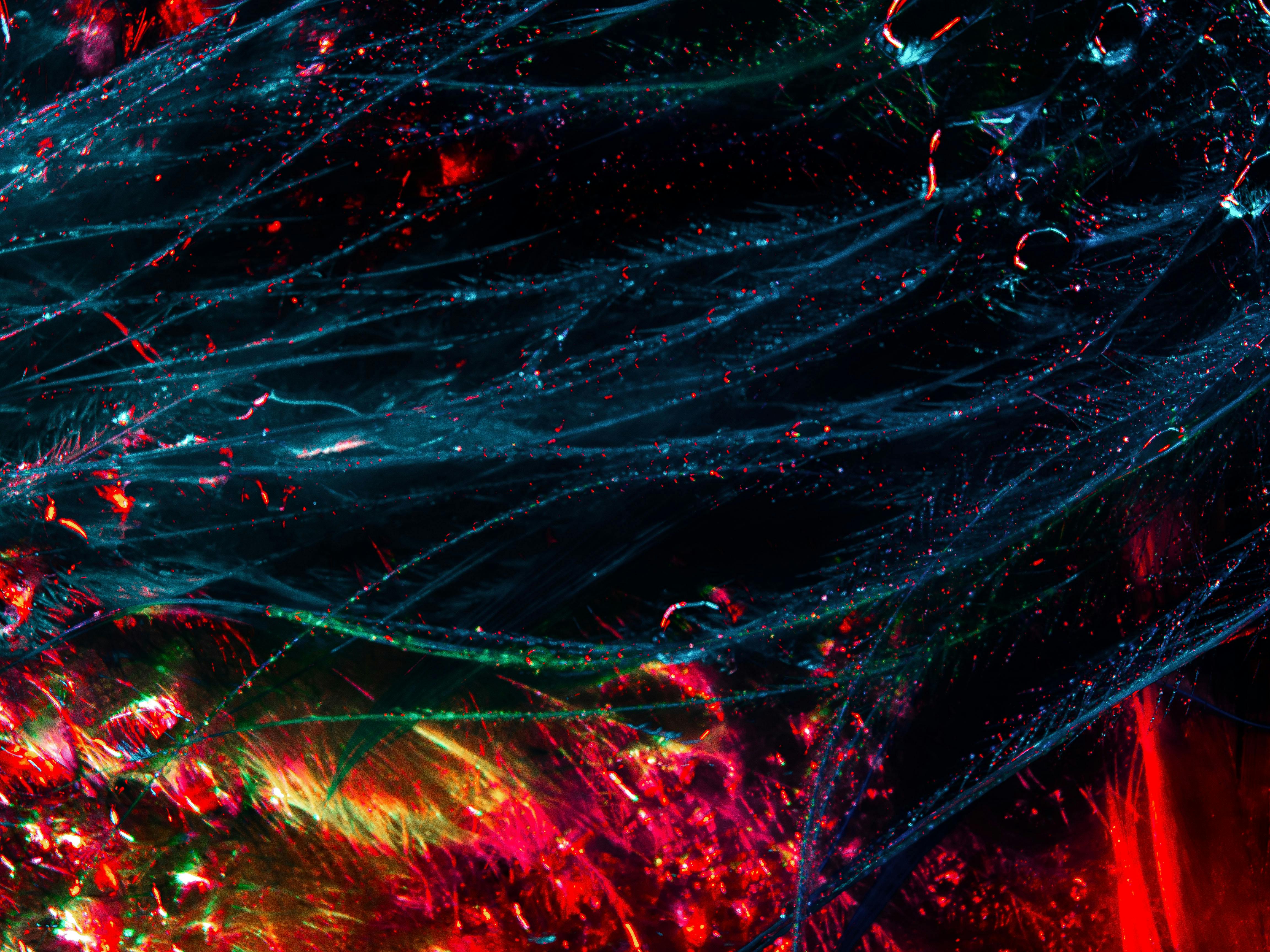
Focus on Green Homes: Landscaping to Save Energy
Green landscaping of a home is an important part of planning and building your green home. Landscaping uses a lot of water and maintaining your garden can produce a lot of carbon monoxide. Green landscaping means selecting plants that reduce the amount of water used to keep them alive.
For lawns, plant grass that grows very slowly and requires very little water to survive. When planting this type of lawn, it is not necessary to mow every week, but perhaps only a few times a summer, reducing the amount of exhaust fumes from your mowing activities. Also, since water bills are generally calculated by consumption, the less water the garden requires, the lower the water bill.
For house plants and shrubs, select hardy plants. Hardy plants are less susceptible to diseases and harmful pests, allowing you to do without or eliminate pesticides and fertilizers. The less these chemicals are used, the better it is for the environment, reducing the amount of chemicals that run off plants during a storm and get into the soil. This type of pesticide and fertilizer runoff has the potential to contaminate groundwater and drinking water.
Another important consideration with green landscaping is the heat island effect. The heat island effect is the heat of the home, the artificial surfaces around the home, and the lack of adequate landscaping. The combined heat from these sources can dramatically increase the temperature in a community. Heat islands can lead to increased use of air conditioning, increased air pollution and greenhouse gas production, and lower water quality.
For your green home, this effect can make your heating and cooling systems less effective. The correct types of landscaping can help prevent the heat island effect. For example, planting our hardy trees, shrubs, and plants at least 24 inches from the house can break the heat transfer mechanism. Additionally, planting deciduous trees on the west side of your green house or along driveways and sidewalks can be very effective in cooling your home and yard. However, plan ahead. The growth of trees and shrubs over time can interfere with the effectiveness of installed solar panels.
When planning your landscaping, plan to install a rain barrel as well. Why not store some of your rainwater for free, green water to irrigate lawns, plants, shrubs, and trees? In addition to a rain barrel, the ground can be shaped so that water from the roof and the ground during a storm collects around the plants, shrubs and trees in the garden. This allows the earth to do its work for you. As storm water drains to the ground, the last part of the soil to dry is the part of the lawn that received the most water, reducing the amount of tap water needed.
By taking the extra time to address these issues during your green home design, you can achieve a beautiful, very low-maintenance, and environmentally friendly garden.








